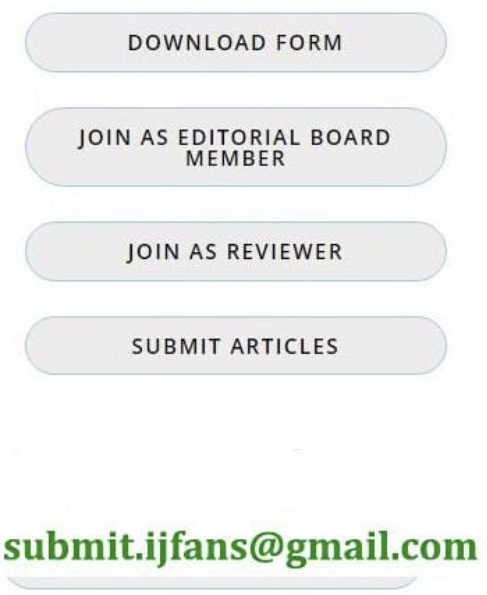
-
“DEVELOPMENT OF RTS BY ADDING WATERMELON, BEETROOT AND GINGER”
Volume 14 | Issue 5
-
Comparative Studies of Acoustic Parameter of Jatropha Curcas leaves extract in non-polar solvent at different Concentration
Volume 14 | Issue 5
-
A Study of Extraction and Analysis of Dye Yielding Plants
Volume 14 | Issue 5
-
Development and quality evaluation of “Ardrak Laddu” (Sweet Ginger Balls): A Potent Immune Enhancer
Volume 14 | Issue 5
-
Conservation and Adaptive Reuse of Maratha-Era Wadas in Maharashtra: Architectural, Cultural, and Socio-Historical Perspectives
Volume 14 | Issue 5
Blended Learning in Higher Education: Enhancing Student Engagement and Learning Outcomes
Main Article Content
Abstract
Abstract: The flexibility of blended learning to suit a variety of student demographics and improve the learning atmosphere by using web-based instructional materials has led to its rise in importance in recent years. This method provides improved course administration procedures, more effective instruction, and enhanced student outcomes. For best results, blended learning designs must take a suitable, changing, and methodical strategy. This means creating and implementing into practice blended actions as well as organizing the integration of mixed aspects within an educational program. Teaching methods must assess blended exercises’ efficacy and make improvements from the viewpoints of both students and instructors. To promote student involvement with both in-the-classroom and online techniques while saving teachers time, this paper seeks to increase knowledge amongst higher education teachers about converting traditional in-person instruction into blended instruction.

